Newsroom
What are difference between standard slewing bearings and precision slewing bearings?
Technical Standards and Process Path Differences
In terms of manufacturing standards, standard slewing bearings (rotary supports) adhere to the JB/T2300 standard, while precision slewing bearings follow the JB/T10471 standard. The former primarily employs a "rough turning + finish turning" composite process, with dimensional tolerances controlled at the 0.1–0.3 mm level and surface roughness Ra values ranging from 3.2–6.3 μm. The latter utilizes a "CNC finish turning + grinding" combined process, achieving key mating surface dimensional tolerances of 0.005–0.01 mm and optimizing surface roughness Ra values to below 0.4 μm. For example, the roundness requirement for precision slewing bearing raceways is ≤5 μm, whereas standard products permit deviations up to 50 μm.
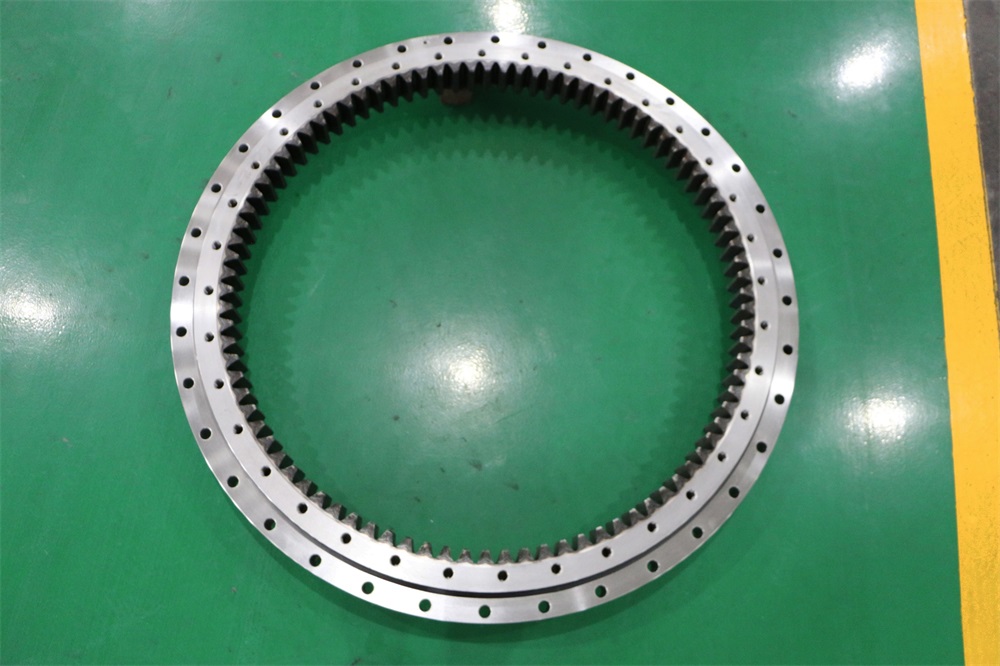
In heat treatment, standard products use surface quenching (e.g., high-frequency quenching) with a hardened layer depth of 2–4 mm. Precision products adopt through hardening + low-temperature tempering to ensure material uniformity and dimensional stability, with hardness fluctuations controlled within HRC±1. This difference directly results in a 2–3× gap in fatigue lifespan.
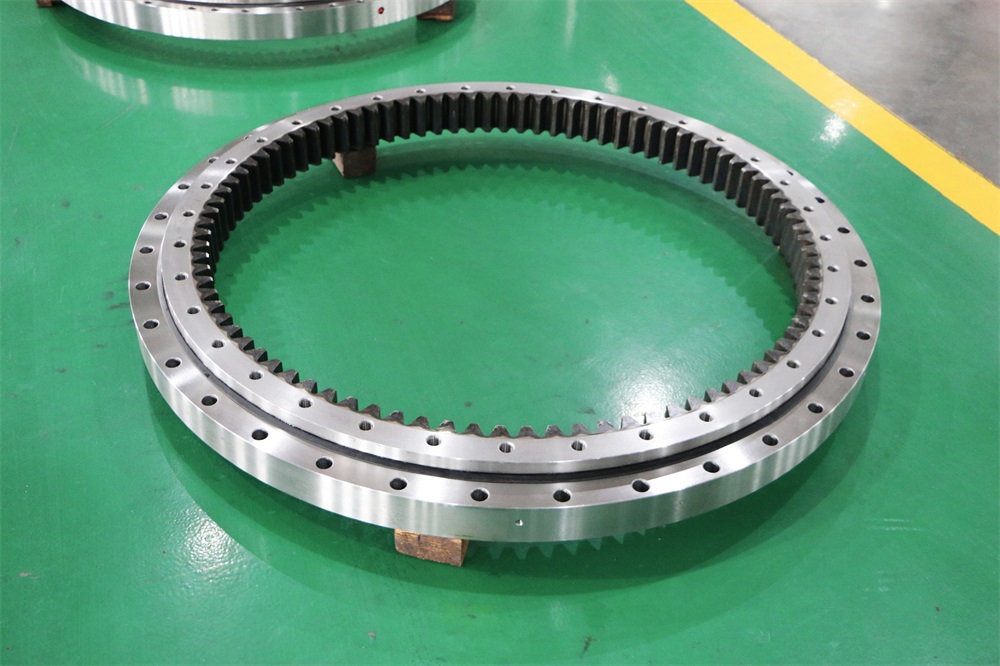
Accuracy Systems and Inspection Controls
Standard slewing bearings are manufactured to P0-grade accuracy, while precision slewing bearings typically achieve P4 or higher grades, with some military-grade products exceeding P2 standards. Key distinctions include:
Dimensional tolerance systems: Precision bearing inner/outer diameter tolerance bands are reduced to 1/5 of standard products (e.g., ±0.03 mm for a φ500 mm inner diameter vs. ±0.15 mm for standard).
Rotational accuracy: Radial runout improves from 0.3 mm (standard) to 0.01 mm, with axial runout control enhanced by 10×.
Gear pair accuracy: Precision products require GB/T10095 Grade 6 gear machining (tooth profile error ≤8 μm), compared to Grade 8–9 for standard products.
Clearance control: Precision bearings use preloaded assembly to maintain operational clearance at 0.005–0.015 mm, significantly improving system rigidity versus standard products (0.05–0.1 mm clearance).
For inspection, precision products require full-dimensional checks via coordinate measuring machines (CMM) and dynamic accuracy verification with laser interferometers, whereas standard products rely on conventional gauge sampling.
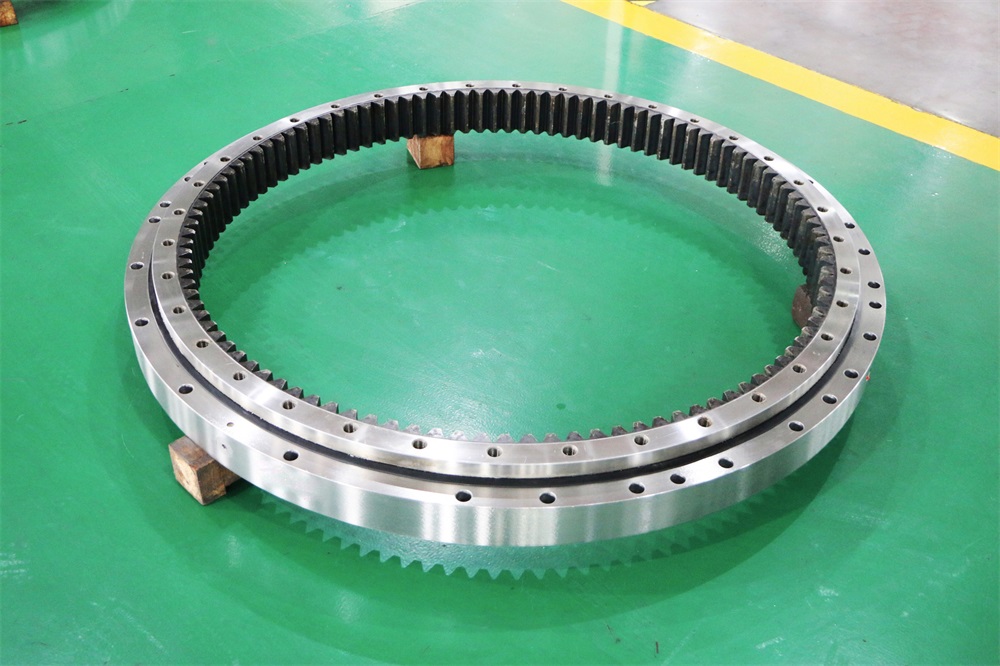
Application Scenarios and Cost-Benefit Analysis
Standard slewing bearings predominantly serve construction machinery, such as tower crane rotary supports (allowing 0.5° rotational clearance) and concrete mixer truck bearings with ~50,000-hour design lifespans. These cost-sensitive applications typically feature bearings priced at hundreds of dollars, constituting <1% of total equipment costs.
Precision slewing bearings are critical in:
CNC machine tool A/C axes: Requiring 0.001° positioning accuracy and million-cycle reliability.
Medical CT gantries: Enduring >10⁸ continuous rotations while maintaining precision under radiation.
Radar antenna bases: Maintaining μm-level deformation control across -40°C to +80°C.
In these high-end applications, precision bearings command prices up to tens of thousands of yuan, delivering value through:
Enhancing host equipment accuracy by 1–2 orders of magnitude.
Reducing failure rates to 1/10 of standard products.
Extending maintenance intervals from 2,000 to 20,000 hours.
Lowering total lifecycle costs by >30%.
Manufacturing Technology Trends
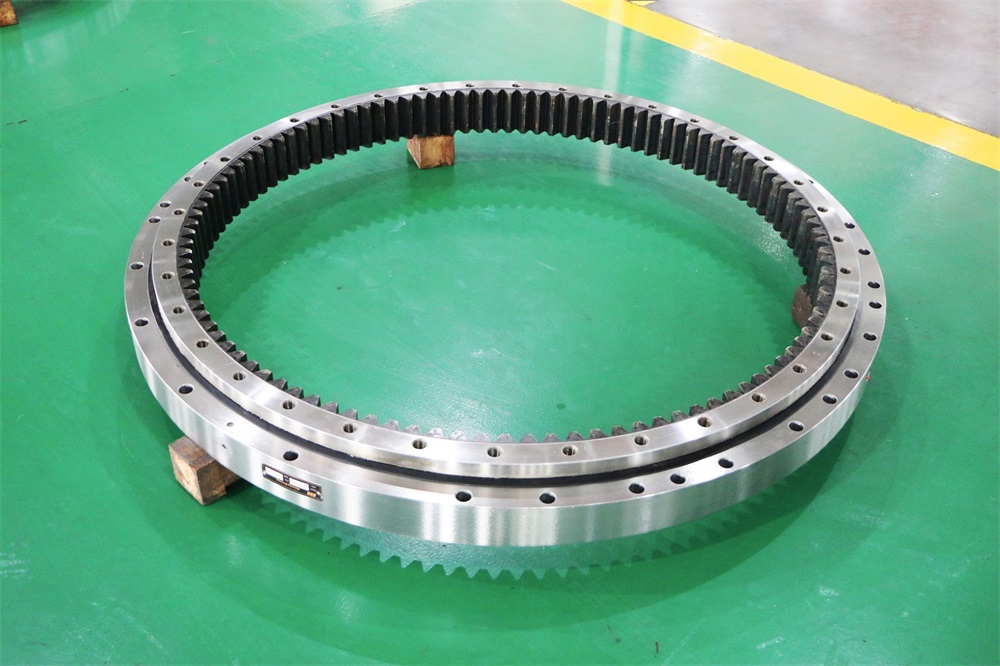
Current advancements in precision slewing bearing production focus on three innovations:
Hybrid machining: Five-axis grinding centers enable single-clamping completion of inner/outer raceways and mounting holes, reducing error chains by 60%.
Intelligent compensation: Online measurement systems enable adaptive grinding to correct thermal deformation errors, achieving ≤2 μm roundness for 500 mm bearings.
Surface integrity control: Magnetorheological polishing optimizes residual stress in raceways (-200 MPa to +50 MPa), enhancing contact fatigue strength.
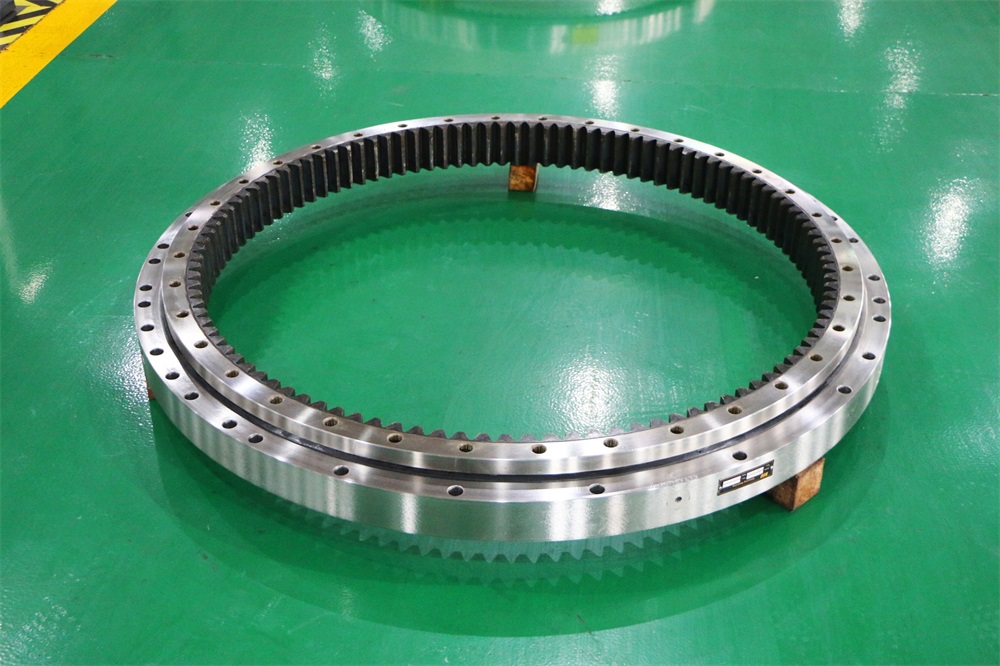
These technologies drive continuous breakthroughs in precision limits, with military-grade products achieving nanometer-level motion accuracy for quantum measurement devices. Meanwhile, standard slewing bearings improve processing efficiency by >40% through automation while retaining cost advantages. This tiered accuracy system enables optimized resource allocation in industrial component manufacturing.


